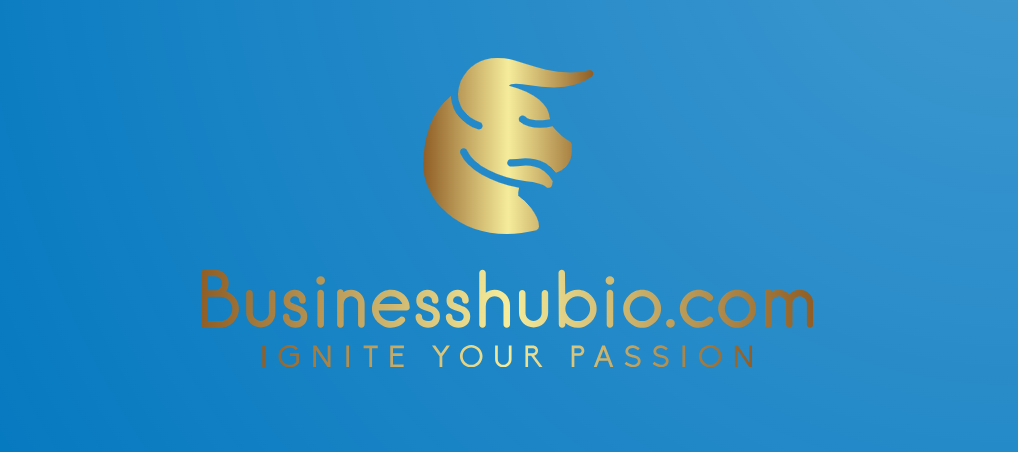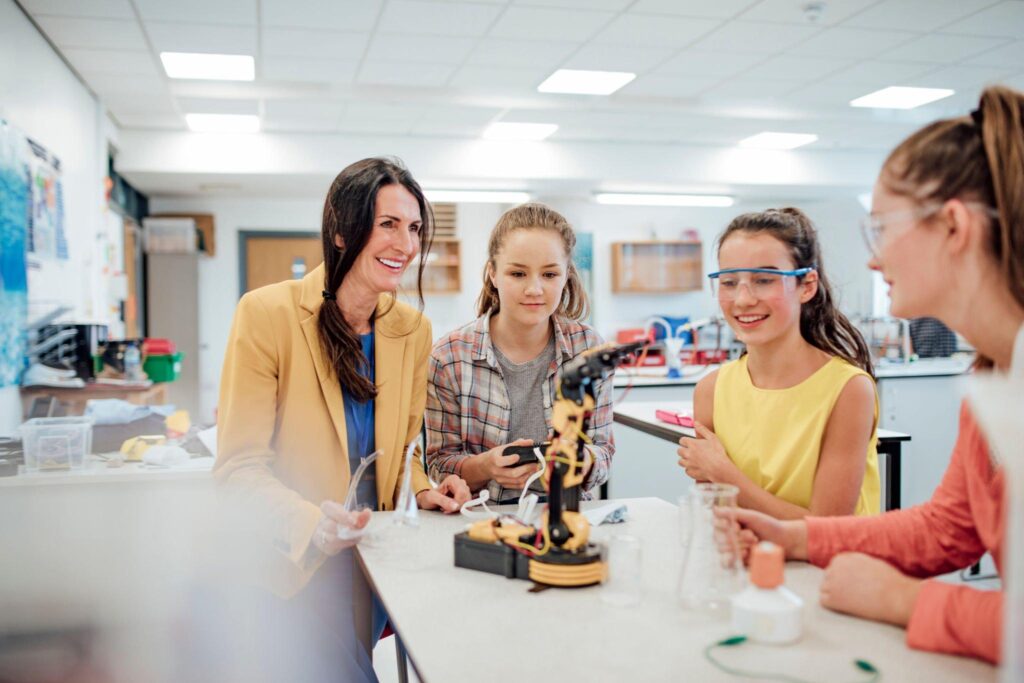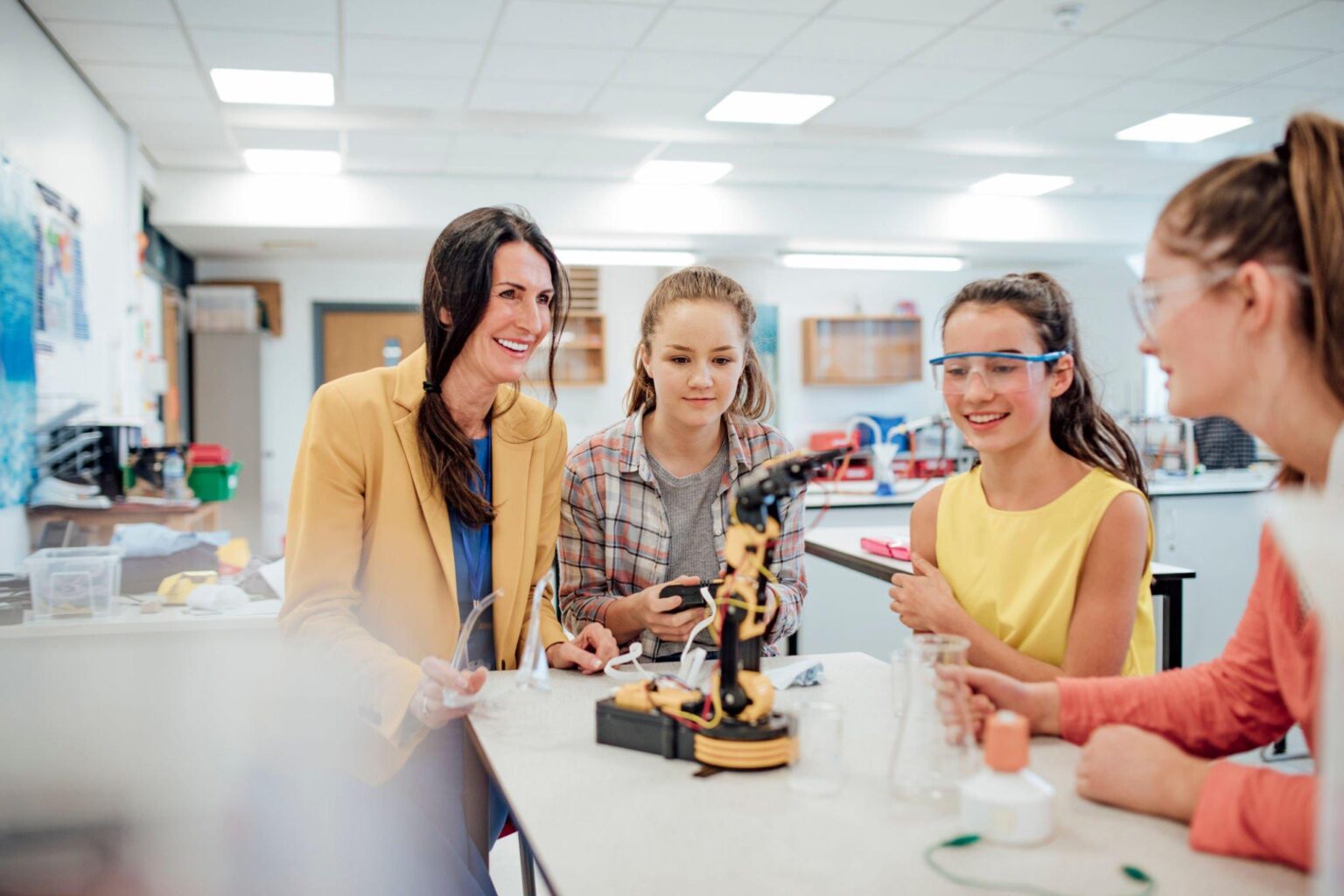In the dynamic realm of education, the paradigm of blended learning stands out as a revolutionary method, seamlessly integrating conventional classroom practices with digital tools. This forward-thinking approach is making waves worldwide, influencing students, educators, and institutions on a global scale. To delve deeper into the transformative power of blended learning, explore real-world success stories in our comprehensive guide, Blended Learning, available at the World Scholarship Center. Discover the practical applications and tangible outcomes that make blended learning a cornerstone in modern education.
Blended learning, often referred to as the best of both worlds, seamlessly integrates face-to-face instruction with online learning components. The goal is to create a dynamic and personalized learning experience that caters to the diverse needs of students. Let’s delve into some inspiring success stories where blended learning has made a significant impact.
Redefining Classroom Dynamics: The Smithville High School Case Study
Smithville High School in Anytown, USA, embraced blended learning to address the varied learning styles of its student body. By incorporating online modules and interactive simulations into traditional classes, teachers observed increased engagement and improved understanding among students.
The flexibility of blended learning allowed educators to tailor instruction, providing additional support to struggling students and challenging those ready for advanced material.
Bridging Gaps in Rural Education: The TechConnect Initiative
In remote areas where access to quality education is a challenge, the TechConnect initiative has been a game-changer. By leveraging blended learning methods, this program combines in-person teaching sessions with virtual classrooms, bringing expert educators to students who might otherwise be left behind.
The initiative has not only improved academic performance but has also opened doors for students to explore diverse subjects beyond the limitations of their local curriculum.
Corporate Training Reinvented: XYZ Company’s Success
Blended learning isn’t limited to traditional education settings. XYZ Company, a global player in the corporate sector, adopted blended learning for employee training.
Through a mix of in-person workshops and online modules, employees could access training materials at their own pace. The result? Increased retention of information, improved job performance, and a more streamlined onboarding process for new hires.
Personalized Learning at Scale: The Khan Academy Impact
Khan Academy, a pioneer in online education, exemplifies the power of blended learning on a massive scale. By providing free, high-quality educational content online, Khan Academy has empowered learners worldwide.
Teachers integrate Khan Academy resources into their classrooms, allowing for a personalized learning experience that caters to individual student needs. The platform’s success lies in its ability to supplement traditional teaching methods with interactive, self-paced learning.
Flipping the Classroom: The Westside Elementary School Approach
Westside Elementary School took the “flipped classroom” model to new heights by using blended learning to reverse the traditional homework and classwork dynamic.
Students engage with instructional videos at home, allowing valuable classroom time to be dedicated to discussions, collaborative projects, and individualized support. This approach has not only improved student comprehension but has also fostered a more interactive and participatory learning environment.
Conclusion
These real-world success stories highlight the versatility and effectiveness of blended learning in diverse educational settings. From traditional classrooms to corporate training programs, the impact of this approach is undeniable.
As technology continues to advance, so too will the possibilities for blended learning, offering educators and learners alike an ever-expanding toolkit for success.
The stories shared here are just a glimpse into the vast potential of blended learning. The successes achieved by institutions and organizations adopting this approach underscore its ability to enhance engagement, improve outcomes, and make education more accessible on a global scale.
As we look to the future, it’s clear that blended learning will play a pivotal role in shaping the next generation of learners and leaders.





